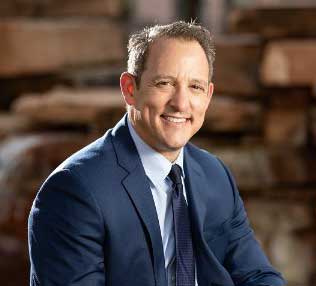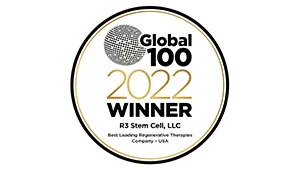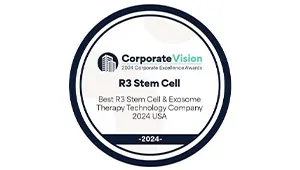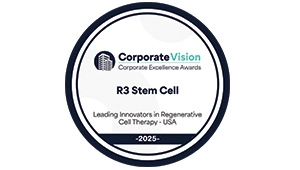Growth factor therapy is a type of regenerative medicine that harnesses the body’s natural healing powers. Growth factors increase the proliferation of cells. This means they cause new cells to form which replace old or damaged cells. This helps reduce pain and discomfort felt by a patient due to damaged tissue. Growth factors can help with a wide variety of conditions. Whether a patient is suffering from arthritis, tendonitis, or back and neck pain, growth factors can help in their healing process. The minimal side effects associated with growth factor therapy make it a favorite of many physicians and patients. Below are the different types of growth factors and how they help the healing process.
Epidermal Growth Factor (EGF)
Epidermal growth factor works by stimulating the growth of fibroblasts. These are the cells that help build collagen in the body. As a result, the epidermal growth factor is uniquely important for people suffering from various skin conditions. This can be anything from burns to aging skin. Collagen helps the skin look young, vibrant, and healthy. The more collagen that is produced allows for younger-looking skin.

Keratinocyte Growth Factor (KGF)
Keratinocyte growth factor works by promoting the growth of keratinocytes. These are the cells that secrete keratin. Keratin is a structural protein that helps keep hair, nails, and skin strong and healthy.
Transforming Growth Factor (TGF)
Transforming growth factor allows for the growth of new blood vessels. This typically occurs at the site of an injury or a healing wound. More blood vessels to the injury site allow for more blood flow to the site. This is important because blood carries healing elements such as oxygen, stem cells, and clotting factors. The more blood that can reach an injured area means the more healing factors it will receive, thus speeding up the healing process.
Vascular Endothelial Growth Factor (VEGF)
Vascular endothelial growth factor works similarly to transforming growth factor. Its job is to increase the growth of new blood vessels. Vascular endothelial growth factor is important for the same reason as transforming growth factors: it helps wounds heal quicker by supplying them with a larger supply of blood.
Platelet-Derived Growth Factor (PDGF)
Platelet-derived growth factors call macrophages and fibroblasts to the site of injured tissue. Macrophages are found naturally in the body. They are large white blood cells that are key to the immune system. White blood cells exist to fight infections whether they come in the form of bacteria, viruses, fungi, or parasites. Fibroblasts are a type of cell that produces the extracellular matrix of connective tissue. They are the most common cells of connective tissue in animals.
There are many different types of growth factors that exist in the body. Depending on a patient’s specific ailment, certain types of growth factors may be needed. As more research is conducted on growth factors, it has become apparent that growth factor therapy is a viable treatment method for many different ailments. Growth factor therapy allows physicians to harness the body’s natural healing power while only putting the patient at risk for minimal side effects.












No Comments